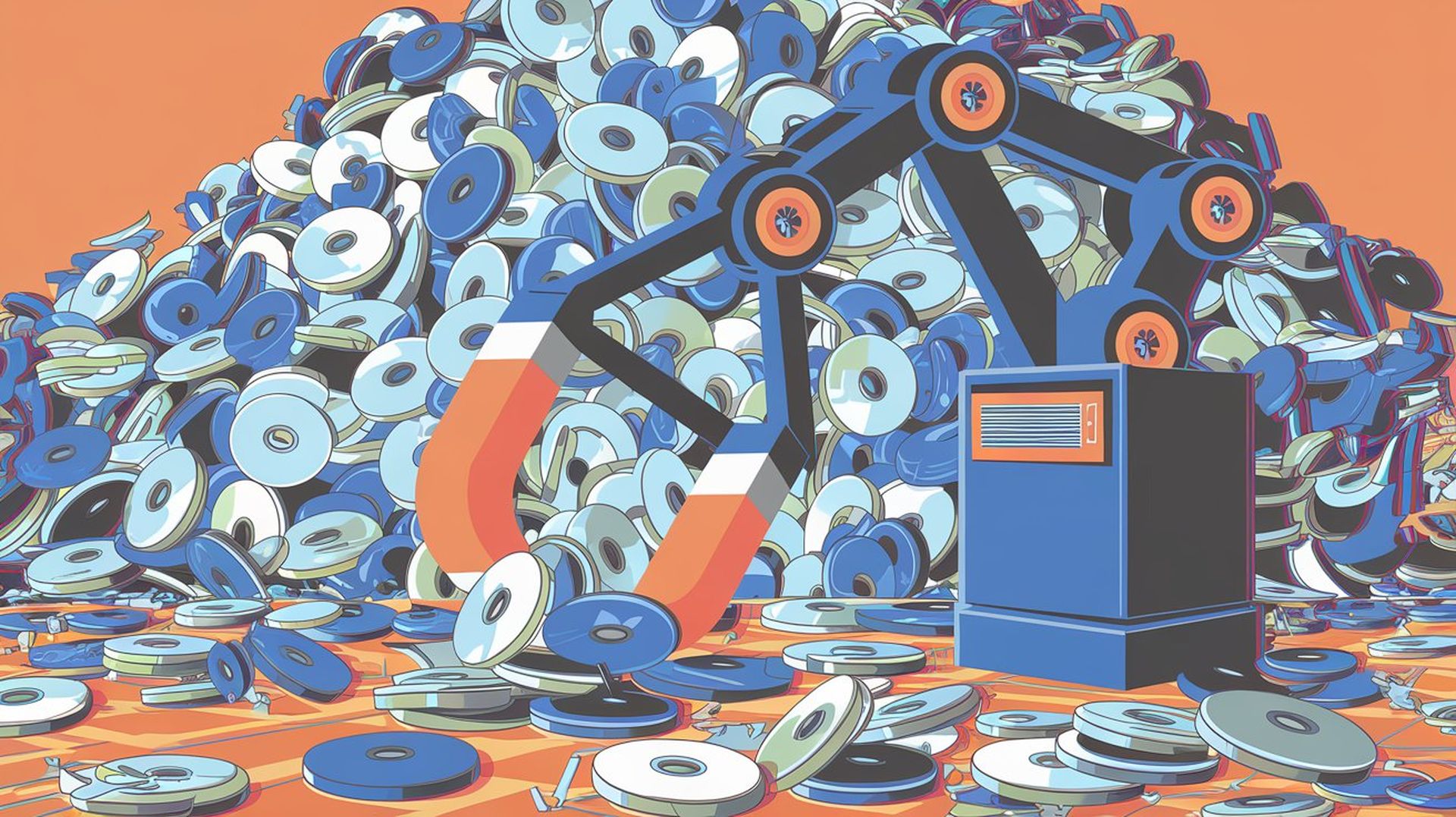and the distribution of digital products.
DM Television
Are Microsoft’s AI-powered robots a solution to e-waste or more waste?

Microsoft’s push for sustainability has taken a technological turn with the use of AI-powered robots to dismantle and destroy hard drives in its data centers.
As part of its Secure and Sustainable Disposal of Hard Disks project, this initiative aims to tackle the growing e-waste problem while ensuring data security.
But is this high-tech solution really helping reduce waste, or is it merely creating more waste in the process?
Creating more waste to stop the waste?The project, which originated during the 2022 Microsoft Hackathon, builds on the company’s Circular Centers initiative. These centers are designed to recycle and repurpose hardware used in Microsoft’s data centers, such as servers and hard drives.
The goal is to help Microsoft achieve its ambitious environmental commitments: Becoming carbon-negative by 2050 and producing zero waste by 2030. The AI-powered robots are now part of this larger effort, decommissioning old hardware more efficiently while ensuring that the valuable materials within are not wasted.
Historically, hard drives have been shredded to protect sensitive data, a process that not only destroys the media but also leads to the loss of valuable materials like neodymium. Every year, millions of hard drives are shredded worldwide, leading to significant waste, especially of rare metals.
Microsoft’s new approach, dubbed #NoShred, uses AI and robotics to dismantle hard drives, ensuring the sensitive data is destroyed while allowing the reuse or recycling of the remaining components.
By using computer vision and robotic arms, the system is able to sort and disassemble hard drives in a secure manner, preserving key materials for recycling. The project aims to achieve a 90% reuse and recycle rate for all hard disks by 2025. A pilot run in Amsterdam showed promising results, reducing downtime and increasing the availability of recycled parts.
While Microsoft’s AI-powered solution offers a more sustainable approach to data center waste, it raises a broader debate:
Are we simply creating more waste to stop the waste?
The development of these AI-powered robots requires significant amounts of energy, rare metals, and resources to build and operate. This energy consumption is expected to rise, especially as AI becomes more integrated into processes worldwide. Data centers already account for about 1-1.3% of global electricity demand, and this is projected to double by 2026.
With AI driving more data processing and higher energy usage, are we offsetting the environmental benefits of recycling with the carbon footprint of these AI systems?
On one hand, the project seems like a step forward. By avoiding the destruction of rare materials, Microsoft is addressing the growing scarcity of components like neodymium, a critical element in technology production.
But on the other hand, the rising demand for AI and the infrastructure required to maintain it may ultimately create new sustainability challenges.
How about a happy medium?Microsoft’s AI-powered robots represent a new frontier in sustainable tech, but they also highlight the inherent tensions in using advanced technology to solve environmental problems. While the robots are helping Microsoft reach its recycling goals, the long-term sustainability of this approach remains uncertain.
In the race to reduce e-waste, companies like Microsoft must ensure that the solutions they implement do not inadvertently create new problems.
Balancing the benefits of AI with its environmental impact will be key to determining whether initiatives like #NoShred are a true solution—or just another layer of complexity in the fight against waste.
Featured image credit: Emre Çıtak/Ideogram AI
- Home
- About Us
- Write For Us / Submit Content
- Advertising And Affiliates
- Feeds And Syndication
- Contact Us
- Login
- Privacy
All Rights Reserved. Copyright , Central Coast Communications, Inc.